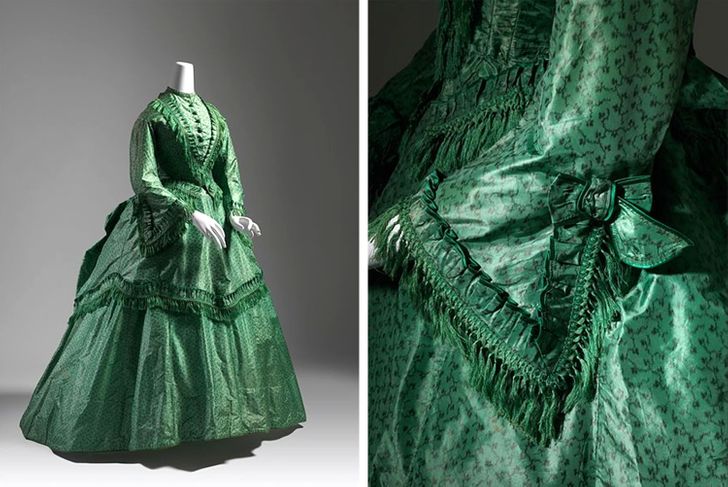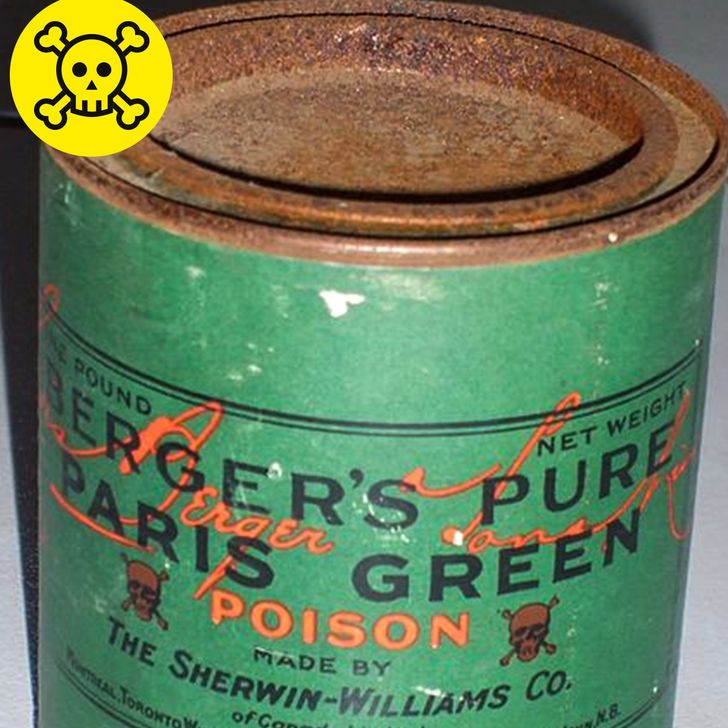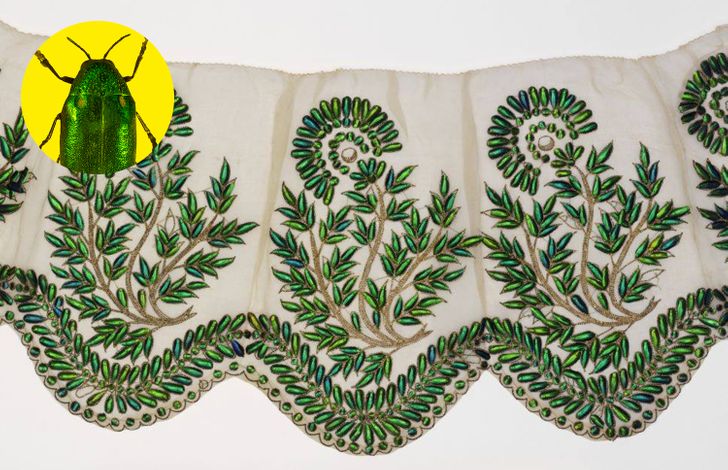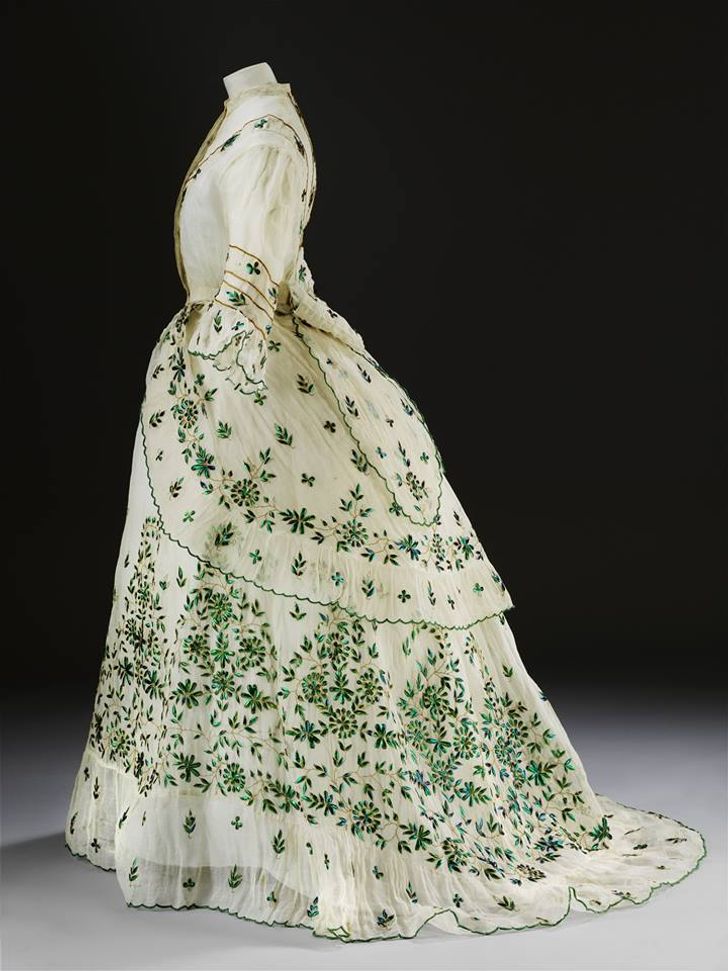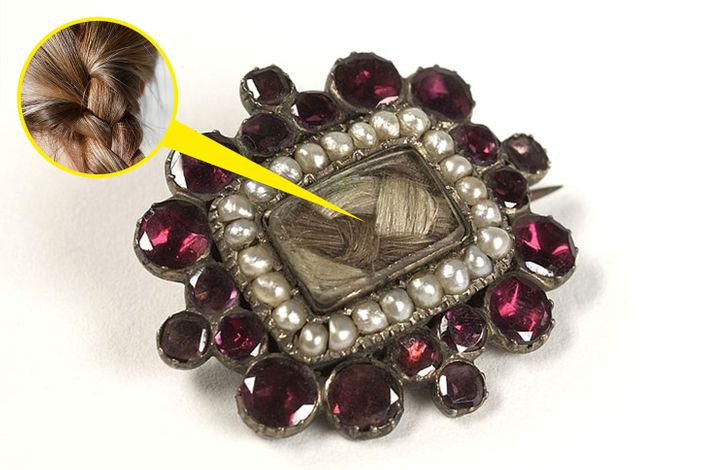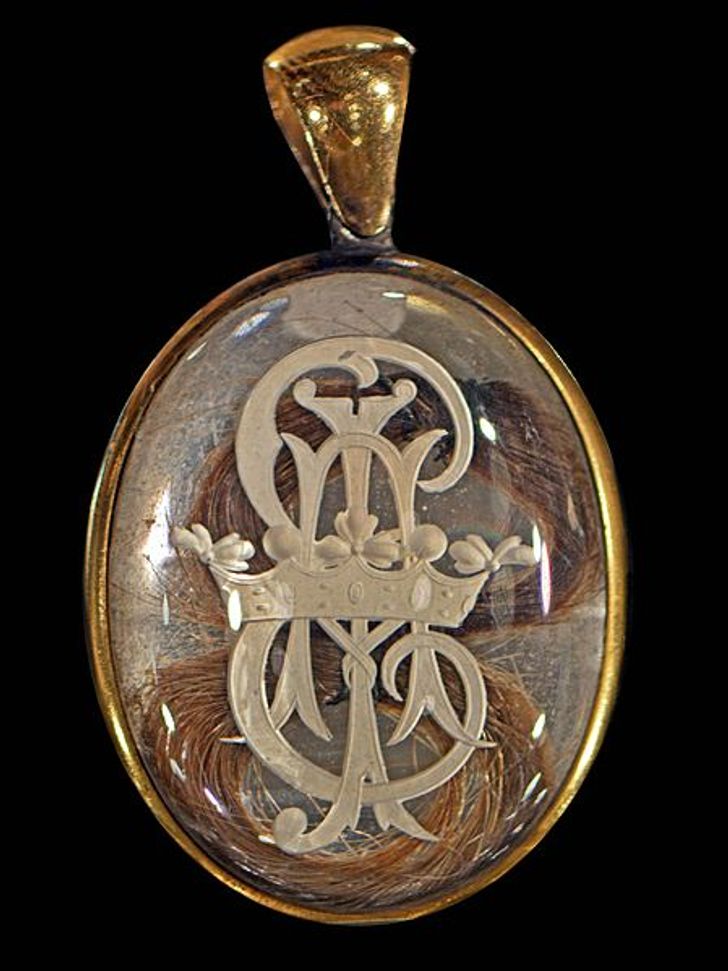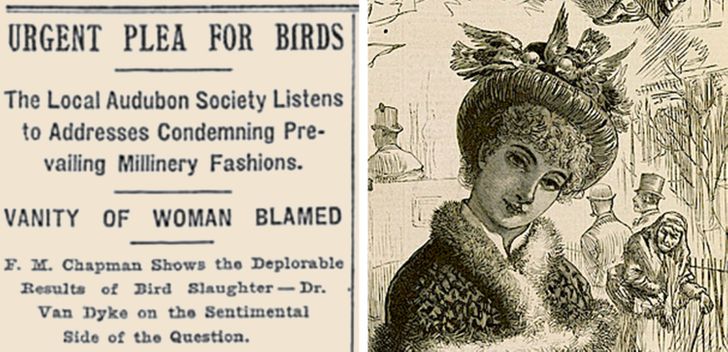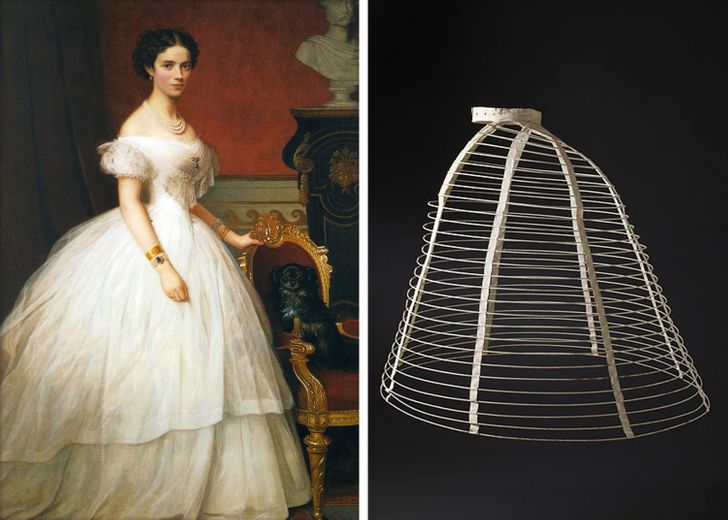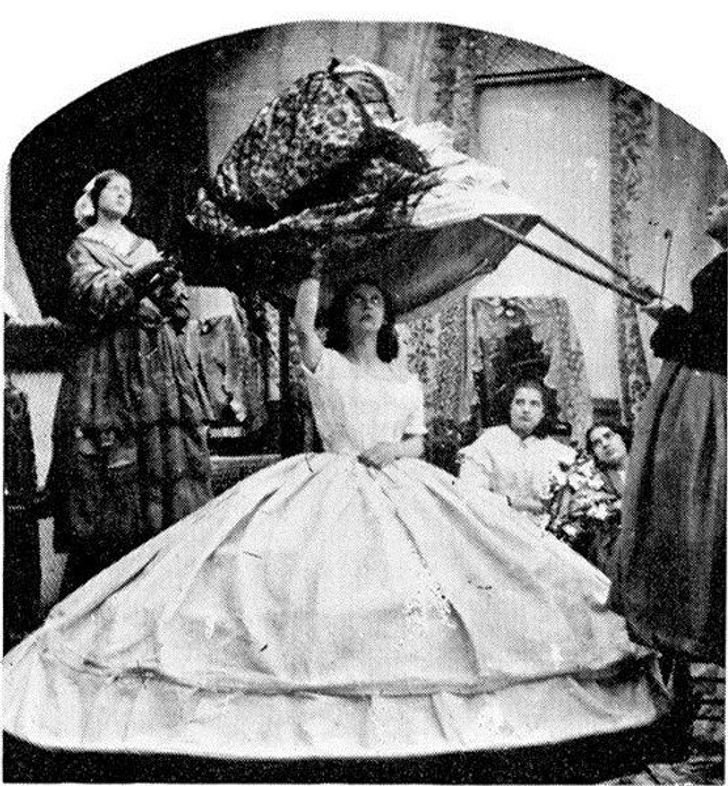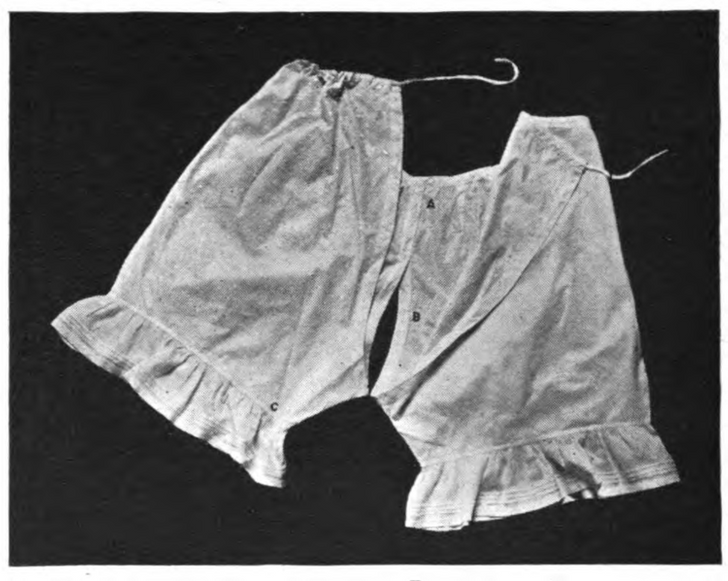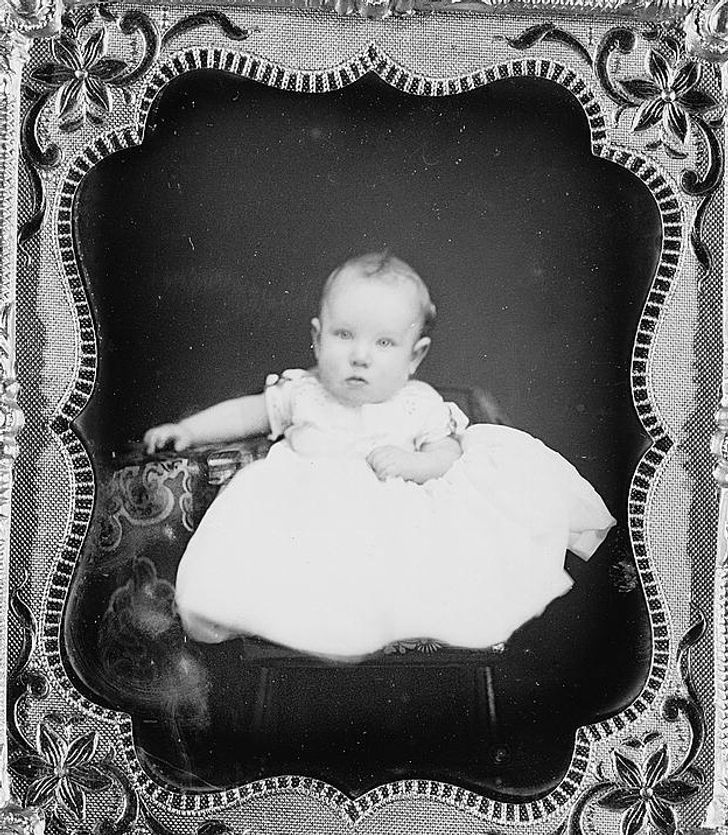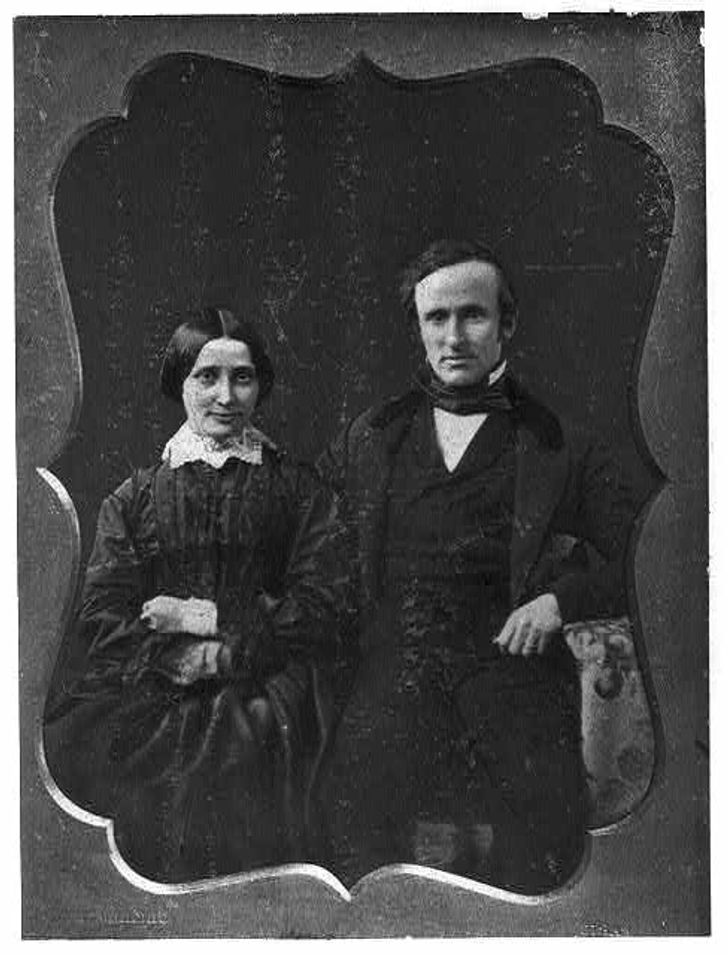Nice
10+ Victorian Trends That Rocked the 19th Century
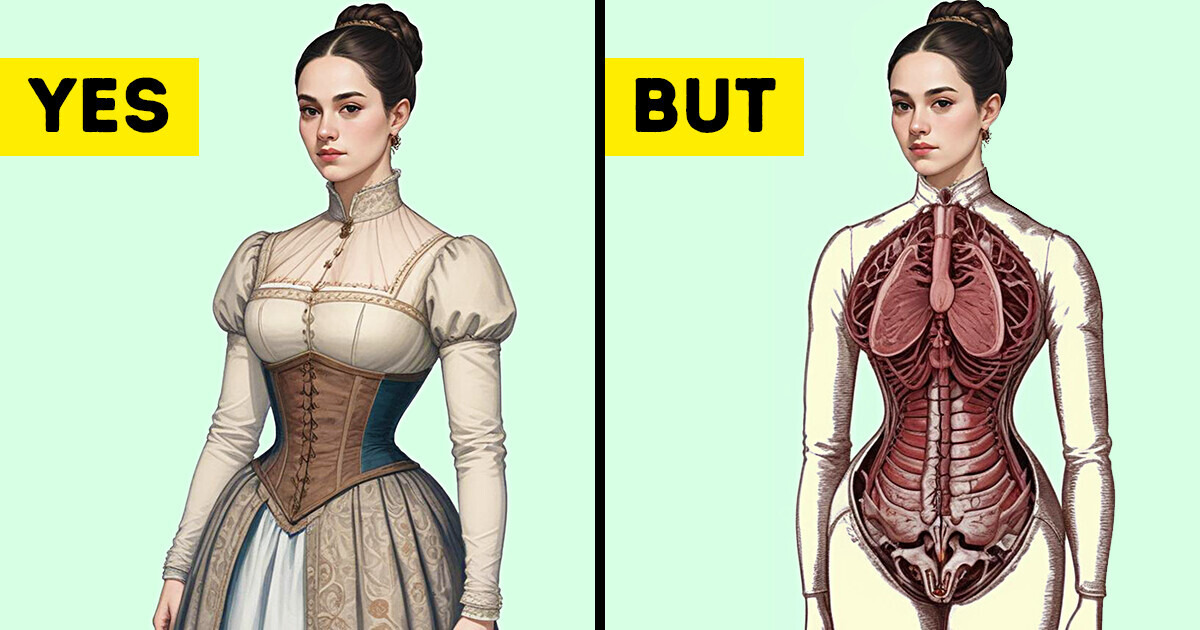
The Victorian era (1837-1901) was a period of dramatic social change and technological innovation. It also produced some of history’s most startling and perplexing fashion trends. Here are 15 that exemplify why this era stands out in the annals of style.
1. They used a deadly pigment that contained arsenic to dye fabrics.
The blend was known as Paris Green, and it was used both as a pigment for producing wall paint and for coloring dresses. Although Victorians were aware that arsenic exposure often led to fatalities, it took them a surprisingly long time to link the chemical to these deaths.
It was a shade of green that looked stunning on dresses, but when it came in contact with water, it released a chemical that was deadly for people.
2. It was fashionable for dressmakers to adorn garments with beetle wings.
These wings were easy to collect without harming the insects, as they naturally gathered in large numbers during mating season and then died, leaving their wings behind for harvest.
Though it may sound unsettling at first, the Victorians were likely drawn to the vibrant colors, brightness, and sparkle of the wings. The wings were used as sequins, adding a unique and eye-catching detail to dresses. If we didn’t know they were beetle wings, they might simply be seen as a beautiful embellishment.
3. Accessories made out of hair
Hair accessories were often associated with mourning during the Victorian era, typically worn by those grieving the loss of a loved one. However, these items also gained popularity among ordinary people, serving as sentimental keepsakes. They conveyed messages of affection or remembrance, such as honoring a husband or commemorating a son who had gone to war.
Victorians crafted a variety of accessories from human hair, including braided hair bracelets, hair-covered bags or purses, and glass medallions containing locks of hair. These creations combined personal sentiment with intricate craftsmanship, reflecting the era’s unique approach to both mourning and memory.
4. Little stuffed birds on hats
One of the most tragic fashion fads involved adorning hats with numerous feathers and even whole stuffed birds. The growing demand for these decorations led to a significant decline in bird populations. Fortunately, this trend didn’t last long. Advocacy efforts by the Audubon Society and campaigns featured in Harper’s Bazaar helped raise awareness and drive conservation efforts. Many of these movements were spearheaded by women who acted as a Victorian-era equivalent of PETA, striving to halt the exploitation and protect avian species.
5. Corsets so tight that they changed women’s anatomy
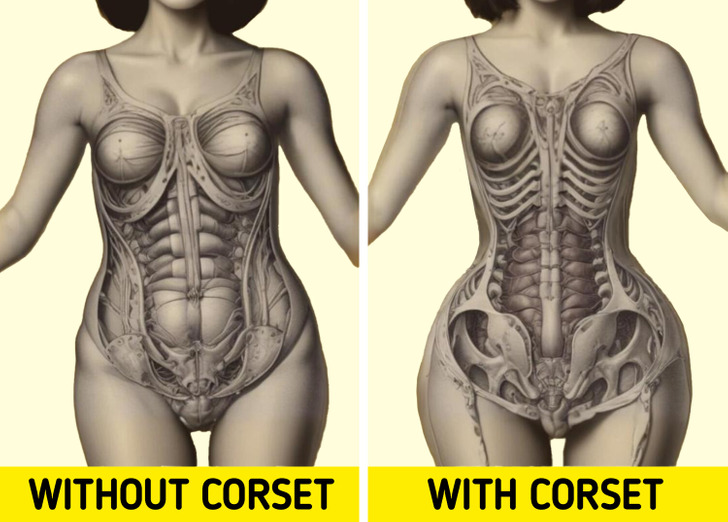
While corsets didn’t cause as many deaths or instances of fainting as once believed, their impact on the body was nonetheless profound. Corsets were often laced so tightly that they restricted breathing and led to muscle atrophy by limiting movement. Additionally, they could alter the shape of the rib cage and the position of internal organs. As a result, a nineteenth-century woman’s body was significantly different from a modern one.
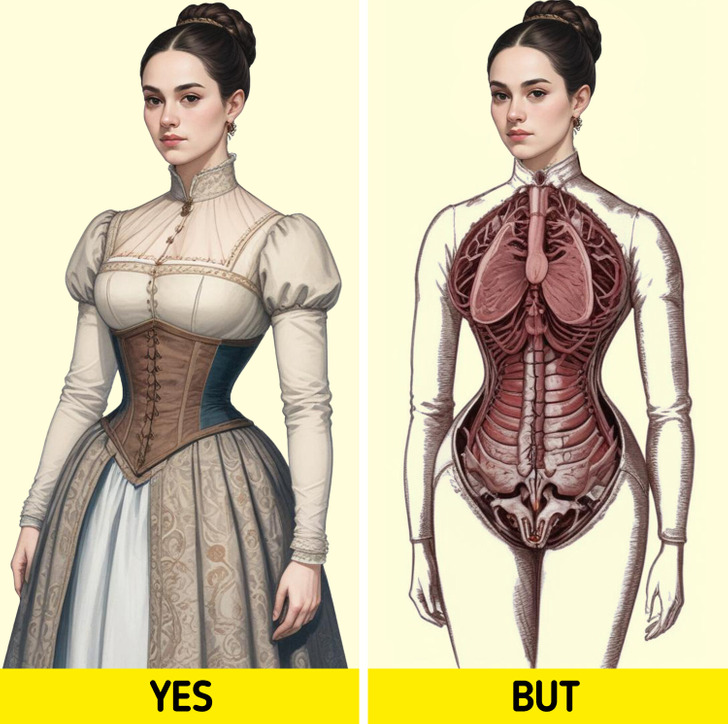
Fortunately, these alterations did not necessarily make women more susceptible to disease or shorten their lives. The image above illustrates the extent to which doctors thought corsets deformed the body. Although the changes were not as extreme as they believed, corsets still produced notable and unusual effects on the body.
6. Wide skirts that wreaked havoc everywhere they went
Following the era of slender silhouettes seen in Jane Austen films, skirts began to widen dramatically in the later decades of the nineteenth century. The volume became so extensive that even multiple layers of fabric couldn’t achieve the desired effect. This led to the introduction of the crinoline, a structure resembling a “cage” made from steel rings connected by fabric. The crinoline provided the necessary shape and voluminous width to the dresses, creating the characteristic full-skirted look of the time.
The crinoline did offer women more mobility around their legs, but only in theory. The skirts became so excessively wide that navigating through doors or entering carriages often posed the risk of getting stuck. Some photographs from the era even humorously highlighted the absurdity of these overly voluminous dresses, capturing the difficulties and mishaps caused by their immense size.
7. Underwear with holes
Underwear is intended to protect one of the most delicate parts of the body, but Victorian-era panties, which often had openings, might not have fulfilled that purpose by today’s standards. In the Victorian era, a woman’s dressing ritual was lengthy and complex, involving multiple layers of skirts over a crinoline. To ease the process of relieving herself, the underwear was designed with a convenient opening, despite the fact that this might seem contrary to modern concepts of protection and modesty.
8. All children, regardless of gender, wore dresses until the age of four.
From birth until around the age of four, children wore dresses adorned with fullness and lace. The extent of lace and volume in these garments often signaled the family’s wealth and social status. It was customary to display affluence through the children’s clothing. Both boys and girls wore dresses during this period, which may seem unusual today, as contemporary fashion for children tends to be more individualized and practical.
9. “The woman with a bustle can never sit down in a natural position.”
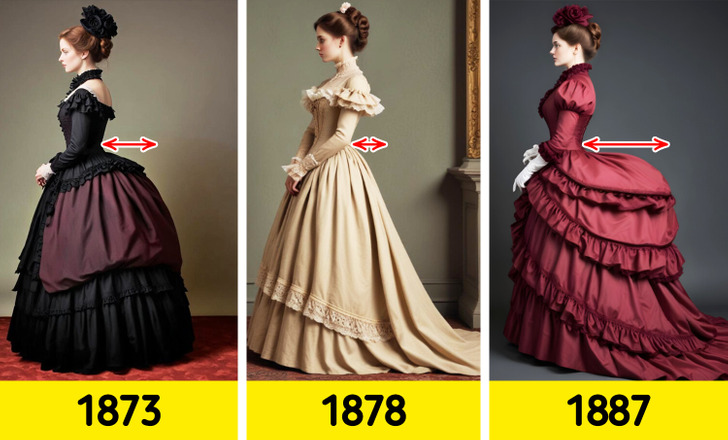
Following the crinoline, the bustle emerged in the 1870s-80s. This padded undergarment created an exaggerated rear silhouette, sometimes protruding at a 90-degree angle from the body.
10. The widespread mourning fashion
During the Victorian era, the life expectancy of the middle class was around 45 years, with death frequently present due to wars and epidemics like cholera, tuberculosis, syphilis, and smallpox. It was common for individuals to mourn multiple times throughout their lives, leading to the development of a specific mourning fashion.
Middle-class women often couldn’t afford to purchase new black dresses immediately after a relative’s death, so they would dye existing garments black. Mourning attire required black buttons and jewelry, and if financially possible, they would carry black pearls or jet stones. Jewelry made from the deceased’s hair was an exception to this rule. Strict mourning etiquette dictated that even if a woman in mourning wished to marry, her wedding dress had to be black, reflecting the somber customs of the time.
11. They wore bloomers.
Pioneered by Amelia Bloomer, these baggy trousers worn under shortened skirts were meant to liberate women from restrictive dresses. However, they were widely ridiculed and never gained mainstream acceptance.
While the Victorian era had its own unique charm, the 2000s brought a whole new wave of trends that were just as memorable—but not always in a good way. Stay tuned as we dive into the fashion fads from the early 2000s that we can’t help but cringe at now.
Comments
Related Reads
19 Outfits That Look Completely Different on Celebrities vs. Runway Models
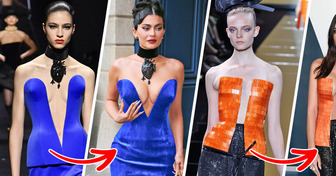
“1000-lb Sisters” Star Boldly Rocks a Swimsuit, Looking Completely Unrecognizable After Dramatic Transformation

12 Unexpected Discoveries Made by People Who Came Home Early
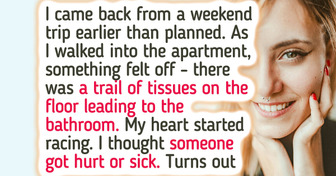
I Left My Grandson’s Party After My Son’s Cruel Comment
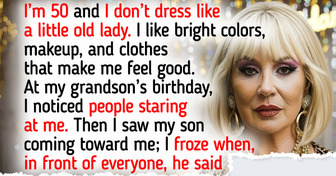
Dad Cut Me Out of the Will Due to His New Wife — My Payback Was Swift and Brutal
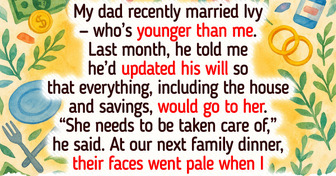
17 Proofs These Celebrities Were Total Heartthrobs in Their Youth

12 Movie Moments That Completely Ignored the Real History
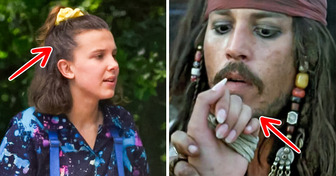
11 Ordinary Days That Turned Into Unbelievable Stories
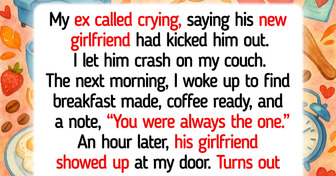
17 Movie Mistakes You Can’t Unsee Once You Spot Them

Man Denied Service at Café Due to Rare Condition, Sparking Heated Online Controversy

15 Curious Details in Movies We Can’t Believe We Missed
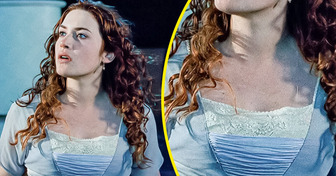
15 Celebrities You Probably Only Remember Older — Their Younger Selves Were Absolute Stunners

